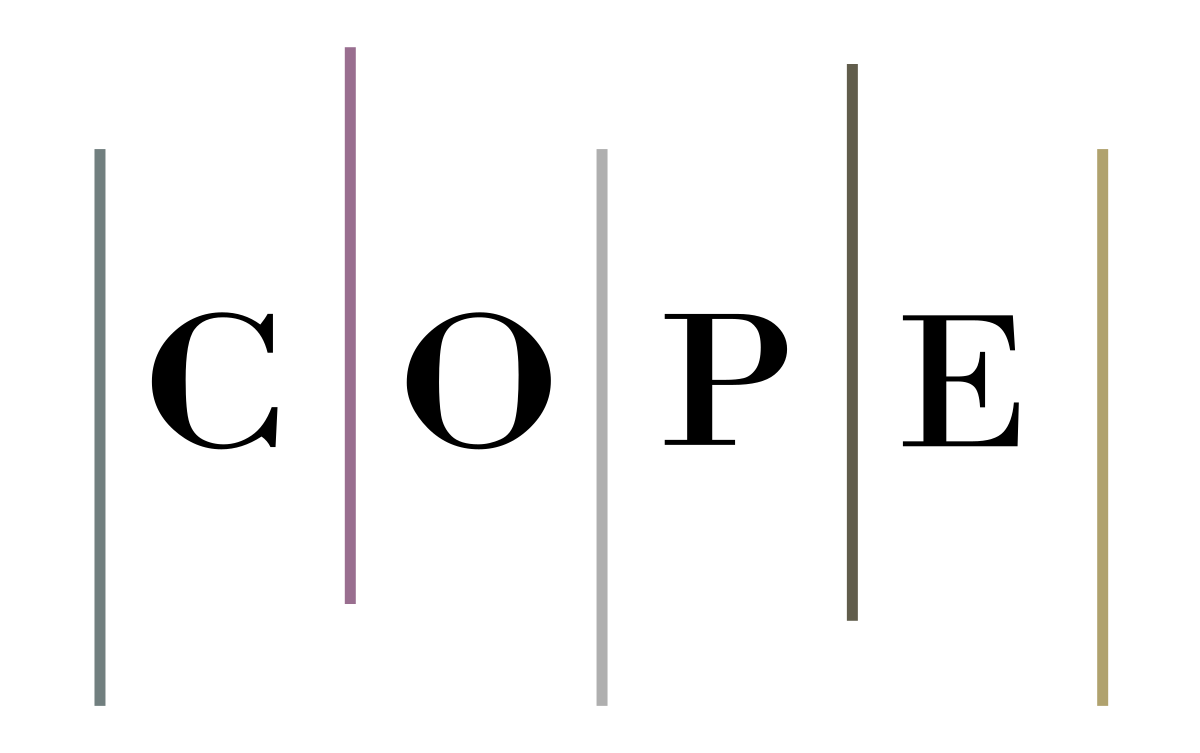Advances in electrospinning techniques for synthesis of nanofibers loaded with herbal extracts and natural ingredients: A comprehensive review
- 1 Department of Textile Engineering, Amirkabir University of Technology, Hafez Ave., Tehran 159163-4311, Iran
- 2 Department of Mechanics and Industries, Qazvin Branch, Islamic Azad University, Qazvin, Iran
Abstract
Electrospinning offers a versatile method for synthesizing polymeric nanofibers integrated with natural compounds such as medicinal extracts, antibacterial agents, and antioxidants (e.g., Aloe vera, honey, curcumin). These composite fibers exhibit diverse potential applications spanning wound dressing, tissue engineering, drug delivery, and the food industry. Tailoring nanofiber morphologies and loading techniques enables modulation of release kinetics and controlled diffusion of extracts tailored to specific applications. Recent literature showcases an array of studies exploring the electrospinning of various polymers, including natural ingredients, for biomedical and industrial purposes. This article aims to compile and review methodologies for combining and encapsulating natural extracts within polymers via electrospinning synthesis method, alongside their applications. Our review presents a comprehensive analysis of electrospun nanofibers containing extracts and natural ingredients, encompassing their architectural diversity and factors influencing release kinetics. As more people become interested in natural materials, we expect to see a huge increase in research efforts in this field in the years to come.
Downloads
References
Copyright (c) 2025 Rashid Forouzande, Ali Akbar Gharehaghaji, Dina Mohammadi

This work is licensed under a Creative Commons Attribution 4.0 International License.
Copyright
Authors are the copyright holders of their published papers in Synthesis and Sintering, which are simultaneously licensed under a Creative Commons Attribution 4.0 International License. The full details of the license are available at https://creativecommons.org/licenses/by/4.0/.
All papers published open access will be immediately and permanently free for everyone to read, download, copy, distribute, print, search, link to the full-text of papers, crawl them for indexing, pass them as data to software, or use them for any other lawful purpose without any registration obstacles or subscription fees.












